Classroom Resources
These resources can take many forms but will be aimed at helping younger children explore historical concepts through their senses and developing their language and communication. For example, artefacts, visual images of various kinds, stories and people themselves all help younger children to explore ideas and work out problems for themselves and with support from informed adults.
-

The Coronation of King Charles III
ArticleClick to view -

Teaching about ‘these islands’ since 1066
ArticleClick to view -

Using apps in the history curriculum
ArticleClick to view -

Using the back cover image: painted wooden police truncheon
ArticleClick to view -

Women in parliament since 1918
ArticleClick to view -
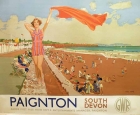
How can old advertisements be used in the primary classroom?
ArticleClick to view -

Ideas for Assemblies: Refugee stories
ArticleClick to view -

How technology has changed our lives
ArticleClick to view -

Learning about the past through a study of houses and homes
ArticleClick to view -

Using the back cover image: Mummified cat
ArticleClick to view -

Learning about the past through toys and games
ArticleClick to view -
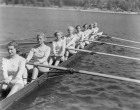
Celebrate your sporting heritage
ArticleClick to view -

Pull-out Posters: Primary History 73
ArticleClick to view -
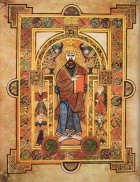
Using original sources
ArticleClick to view -

Time for a story
ArticleClick to view -

Using shoes as an historical source
ArticleClick to view -

Primary history and British values
ArticleClick to view -
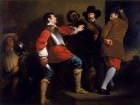
Resourcing primary history: How to avoid going for any old thing
ArticleClick to view -

Using artefacts to develop young children’s understanding of the past
ArticleClick to view -
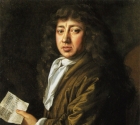
KS1: Teaching about significant individuals
ArticleClick to view

